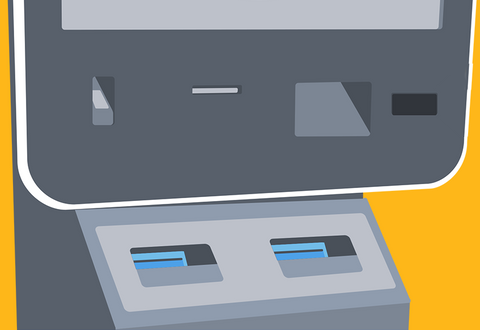Who is the author of the HCPP badge design?
There are too many people to mention, who worked on all the aspects of the badge as distributed by HCPP staff.
There are too many people to mention, who worked on all the aspects of the badge as distributed by HCPP staff.
The circuit design is Opensource, and published on Monero Devices SCM along with other information.
Some HCPP badges have two buttons and each are coloured differently, for example one black button and one red one. The colours have no particular meaning, but making each button have a different appearance helps to remember which is programmed for a particular (application specific) function.
You may have received a different colour set than your conference neighbor, if the manufacturer ran out of a button colour during production. This is not important, and in fact button colours are surprisingly difficult to source (due to force pressure and supply limits.)
The original concept authors requested buttons on the board edge. Copper traces from buttons to the antenna must be short, so this led to the decision to use two buttons. To see how a badge with three buttons might look, please review the design of the Intervillage Badge.
The badge stores data in radio and serial interfaced EEPROM integrated circuits. In most cases, both storage locations (for each of two connected buttons) are the same part model. Use a NFC reader application to determine the size and type of your EEPROM ICs.
Yes, this is encouraged. In fact, many people assemble their own HCPP badge during the Badge Clinic workshops at HCPP using materials provided by instructors.
Yes, they are available for sale on the Monero Devices factory store. Please note there is a delivery stop around the HCPP conference duration, so expect the first devices to ship a couple weeks after that.
Monero Devices manufactures the HCPP badge electronics, but does not recommend any specific use. We make them to be hardware hackable developer kits, and that's why no UL, CE, or FCC certification is needed.
People are hacking the badge devices which are open in nature, to make their own unique feature set. We love to see kids and adults being creative with developer kits, and try to showcase the results in our Badge Clinics.
Many people decide to not encrypt the data on their badges. To help avoid passive data theft, the badge disconnects the NFC antenna when a button is not pressed. This is only a moderate defense, and should not be expected to protect from advanced attacks.
If we succeed in fundraising (to afford the months of time, laboratory rent, fabrication materials, and tooling) then yes the badge design will be improved in time for next year's HCPP.

BATM video technical support
This area will contain transcript text and information of the General Bytes video planned publication.